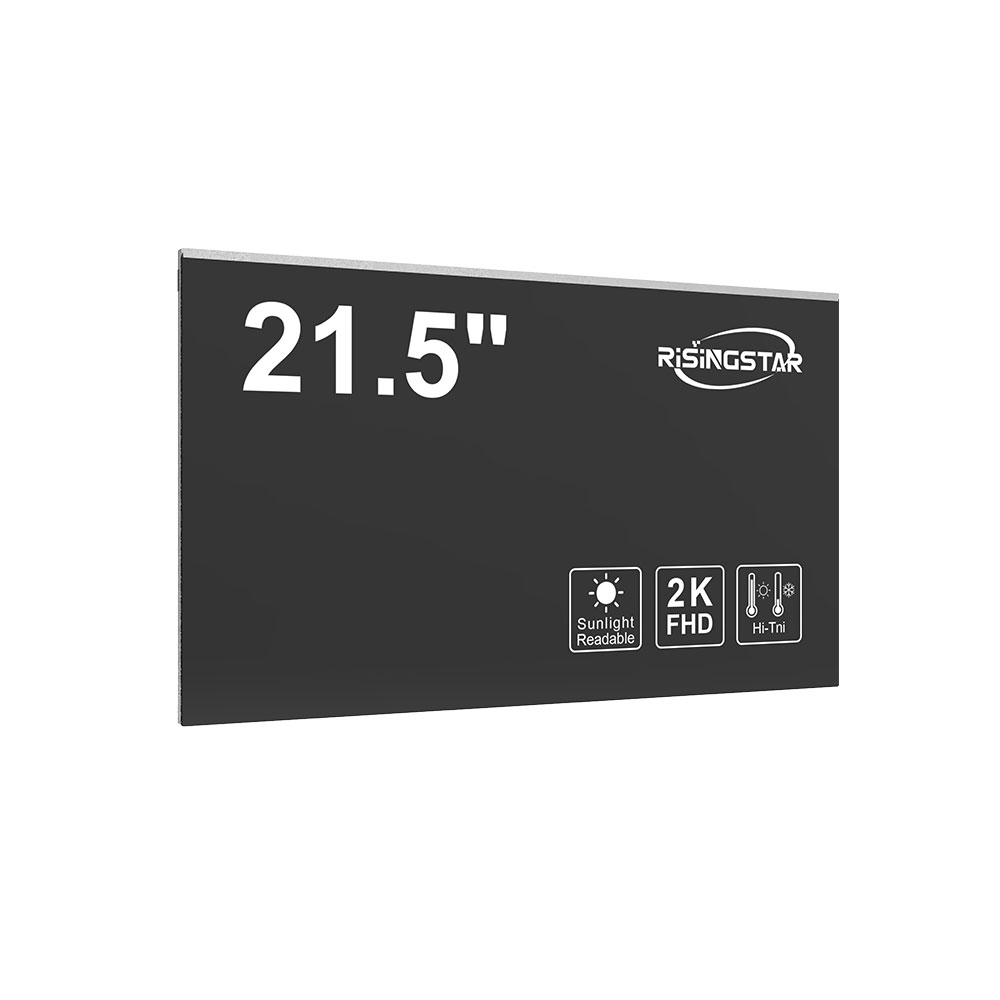- Home
- About Us
- Products
- News
- Video
- Contact
- Send Inquiry
Search
- Home
- About Us
- Products
- News
- Video
- Contact
- Send Inquiry

When designing or deploying outdoor LCD screens for public signage, digital billboards, or transportation displays, achieving optimal brightness performance is critical to ensure visibility under diverse lighting conditions. According to the International Electrotechnical Commission (IEC) standard IEC 62305-1, outdoor displays must maintain a minimum luminance of 5,000 cd/m² in direct sunlight—this is a baseline for clear readability even at noon. However, real-world deployments often require exceeding this threshold, especially in high-glare environments like highways or urban plazas.
Professional-grade outdoor LCDs typically operate between 7,000 to 10,000 cd/m², with some premium models reaching up to 15,000 cd/m². These higher values are achieved through advanced backlighting technologies such as LED arrays with localized dimming, anti-reflective coatings, and optimized panel materials like IPS or VA panels with enhanced contrast ratios. For example, a case study by Samsung Display in 2023 showed that using dual-layer anti-glare films reduced ambient light reflection by up to 40%, significantly improving screen clarity without increasing power consumption.

Moreover, manufacturers must address thermal management—especially in hot climates—since excessive heat can degrade pixel performance and reduce lifespan. Industrial-grade outdoor LCDs often include active cooling systems, such as heat sinks and fans rated for IP65 protection, ensuring stable operation from -20°C to +60°C. This thermal resilience aligns with MIL-STD-810G military standards, which many commercial outdoor display vendors now follow for robustness.
To optimize brightness efficiency, smart brightness control (SBC) algorithms are increasingly used. These dynamically adjust luminance based on ambient light sensors, reducing power use by up to 30% during low-light periods while maintaining readability. A 2022 report from the Society for Information Display (SID) found that adaptive brightness systems improved both energy efficiency and viewer comfort in airport terminal installations.
In summary, meeting and exceeding outdoor LCD brightness standards requires a holistic approach combining hardware innovation, environmental adaptability, and intelligent software control. Whether for retail, transit, or public safety applications, these technical parameters ensure reliability, visibility, and long-term cost-effectiveness in demanding outdoor environments.